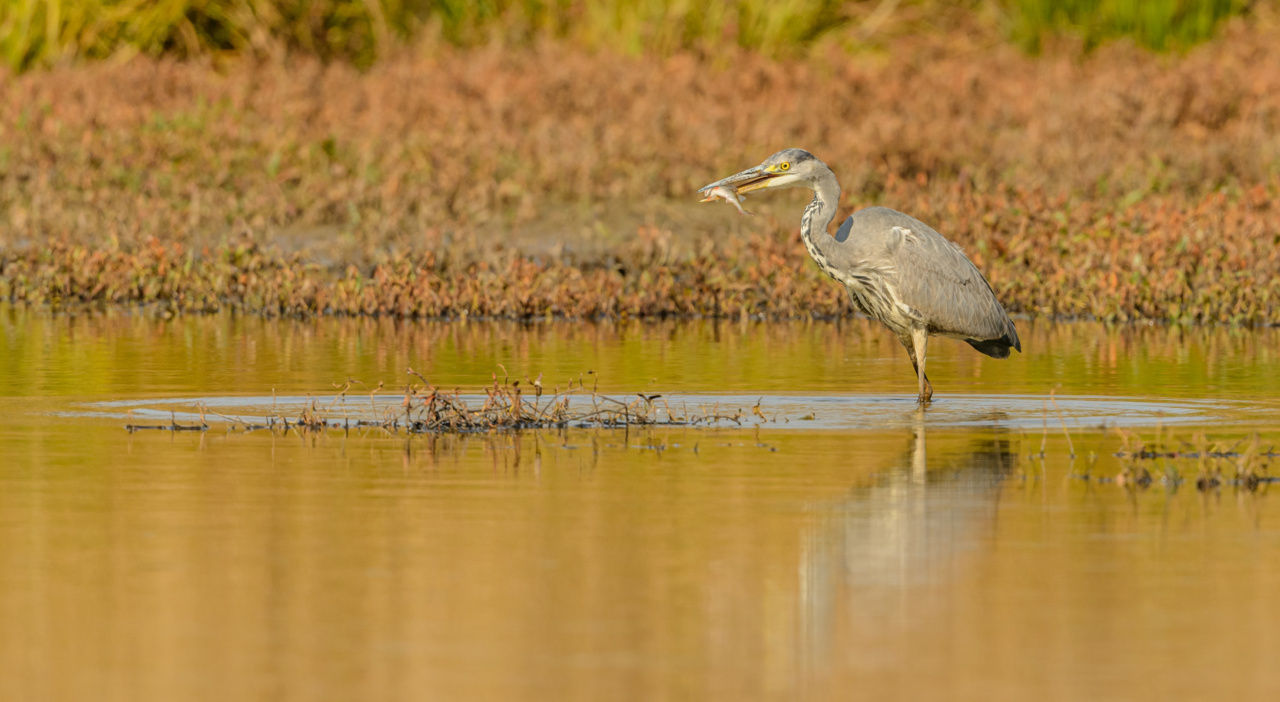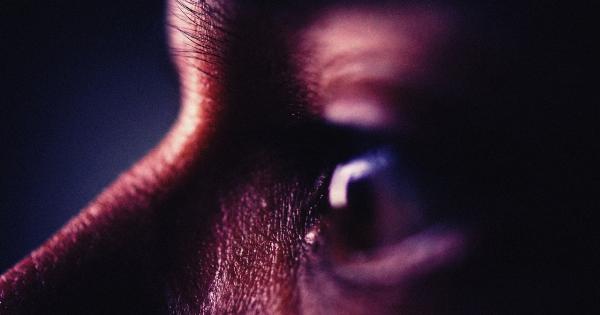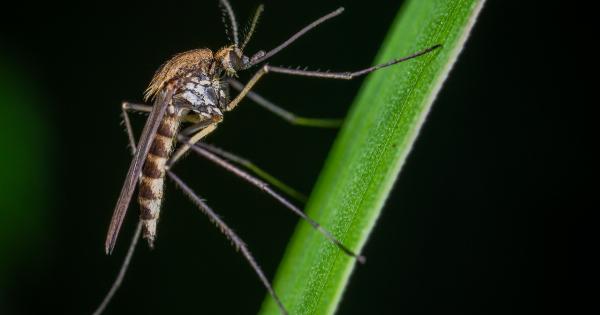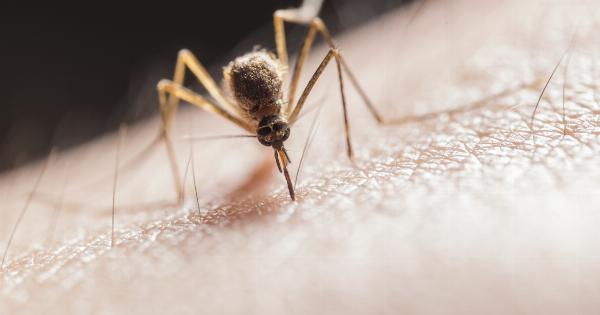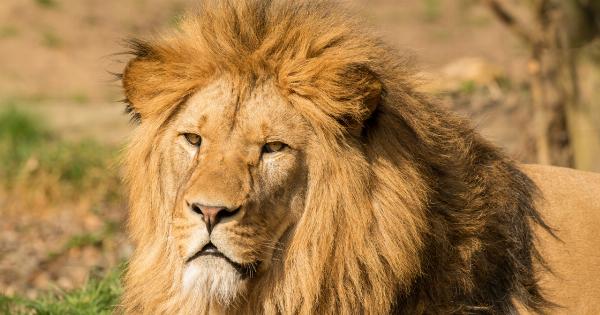Have you ever wondered how mosquitoes locate their prey with such precision? These tiny blood-sucking insects have an incredible ability to detect the scent of their victims from miles away.
In this article, we will explore the fascinating world of mosquito olfaction and uncover the mechanisms behind their uncanny ability to find their next meal.
The Olfactory System of Mosquitoes
Mosquitoes possess a highly developed olfactory system that allows them to detect and track the scent of their prey.
This sophisticated sensory apparatus consists of various specialized organs and receptors, enabling mosquitoes to navigate through complex environments in search of their next blood meal.
Scent Detection: The First Step
Mosquitoes are attracted to the scent of carbon dioxide, which is a byproduct of respiration in animals. When we exhale, we release carbon dioxide into the surrounding air, creating an invisible trail that mosquitoes can follow.
These insects have specialized receptors located on their antennae that detect even trace amounts of carbon dioxide, allowing them to pinpoint potential prey.
Enhanced Sense of Smell
In addition to carbon dioxide, mosquitoes are also attracted to certain chemicals found in human sweat, such as lactic acid and ammonia. These compounds act as a homing beacon for mosquitoes, guiding them towards their next blood meal.
Mosquitoes have an incredible sensitivity to these chemicals, allowing them to detect them even in minuscule amounts.
The Role of Temperature and Moisture
Temperature and moisture play a crucial role in mosquito behavior and scent detection. Mosquitoes are highly sensitive to changes in temperature and humidity, which can affect the dispersion of scent molecules in the environment.
They are particularly attracted to warm and humid areas, as these conditions optimize their chances of finding a potential host.
Mosquito Pheromones: The Language of Insects
Just like many other animals, mosquitoes use chemical signals known as pheromones to communicate with each other.
Female mosquitoes release specific pheromones to attract males for mating, while certain species of male mosquitoes produce pheromones to establish territories and ward off rivals. These pheromones can also act as cues for mosquitoes, indicating the presence of potential prey in the vicinity.
Human Factors: What Attracts Mosquitoes?
Aside from the natural scents produced by our bodies, there are certain factors that make humans especially attractive to mosquitoes. Research suggests that certain blood types, body odors, and genetic factors can influence mosquito preference.
Additionally, wearing dark-colored clothing and producing more heat may also make individuals more noticeable to these persistent pests.
Mosquito Traps: Exploiting Their Sense of Smell
Scientists and pest control experts have developed various mosquito traps that leverage the insect’s sense of smell to lure and capture them.
These traps often release a combination of attractants such as carbon dioxide, heat, and synthetic replicas of human scents to mimic the presence of a potential host. Once lured in, the mosquitoes become trapped and can be effectively controlled or studied.
Future Implications
Understanding the olfactory system of mosquitoes has significant implications for various fields, including public health and pest control.
By deciphering the complex mechanisms behind mosquito scent detection, researchers may develop more effective repellents, traps, and strategies to combat mosquito-borne diseases such as malaria, dengue fever, and Zika virus.
In Conclusion
The sense of smell in mosquitoes is an incredible biological adaptation that allows these insects to locate their next blood meal with great precision.
From detecting traces of carbon dioxide to homing in on specific chemicals in sweat, mosquitoes utilize a combination of olfactory cues to find and track their prey. By further investigating the mosquito’s olfactory system, scientists hope to unlock new methods for mosquito control and ultimately reduce the impact of mosquito-borne diseases on human populations.
